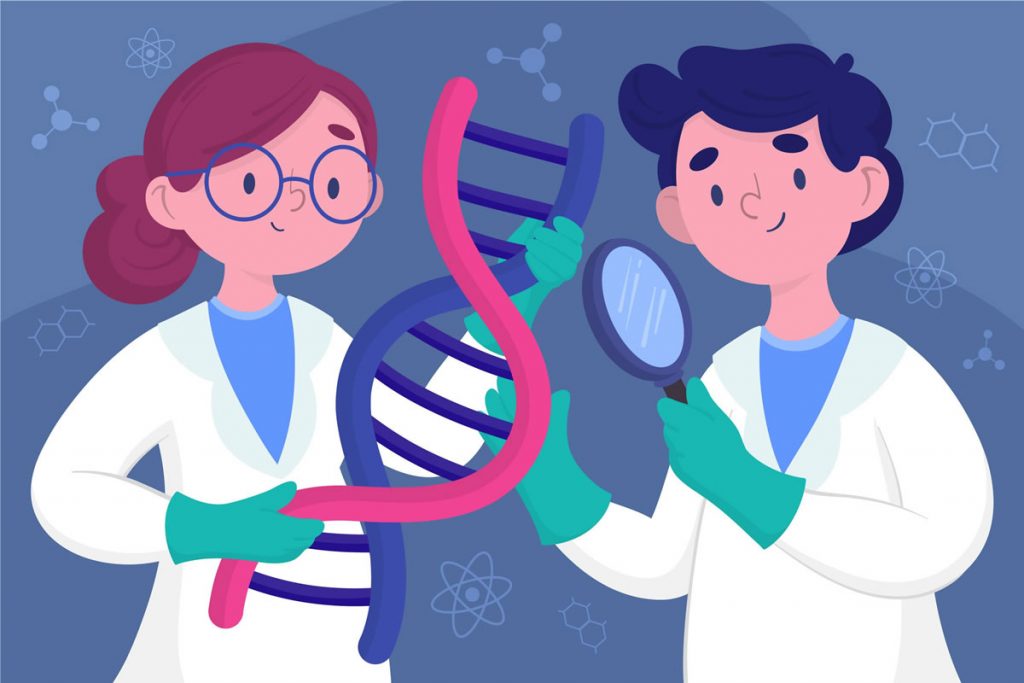All living organisms on our planet are divided into cells, and these cells are the basic structural unit of them. But what are cells? Cells are small compartments that contain the biological equipment necessary to keep an organism alive efficiently . This means that a cell, then, is the basic unit of life and, just as atoms are the basic unit of matter , cells are the basic unit of biology and organisms.
Depending on their number of cells, living beings can be unicellular organisms (such as bacteria) or multicellular, that is, much more complex, such as human beings, which contain about 30 trillion cells.

Did you know that cells were discovered by scientist Robert Hooke? And he named the cells with the Latin word “cella”, which means a small room or room. He did this because he thought that the “cells” of the cells looked like small rooms.
How many different types of cells are there?
There are many different types of cells, each performing a different function, and they can be classified into two main types: prokaryotic cells and eukaryotic cells . For example, in the human body we have very long nerve cells, which go from our spinal cord to our feet. These nerve cells help carry messages around our body, but we also have others, like the billions of tiny brain cells that help us think or the muscle cells that help us move. But don’t think it ends here, because there are many more cells in our body that help us stay alive!
The smallest pieces that make up cells are macromolecules and organelles. A protein is an example of a macromolecule, while a mitochondrion is an example of an organelle , and this tells us that cells come in all shapes, sizes, and types. For example, the ostrich egg (which weighs almost 1 kilo and a half), is the largest individual cell that exists, and the squid one of the living beings that have the longest nerve cells (they can be about 12 meters long) .
This means that cells are unique to each type of organism. If you look at very simple organisms, you will discover cells that do not have a defined nucleus (prokaryotes) and other cells that have hundreds of nuclei (multinucleated). All cells are contained by a cell membrane that keeps the pieces inside . When you think of a membrane, imagine that it is like a large plastic bag with a few small holes. That bag contains all the cellular parts and fluids inside the cell and keeps the nasty stuff out of it, which means the holes are there to allow some things to go in and out.
What is amazing?












































































































Recent Comments